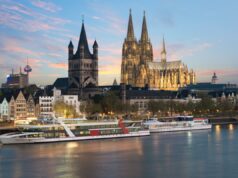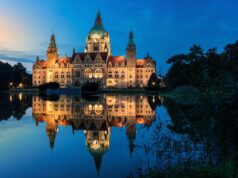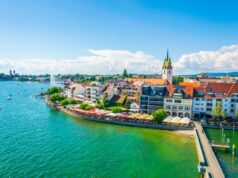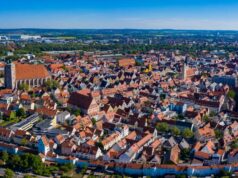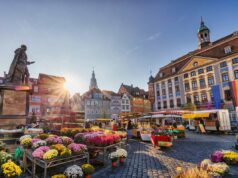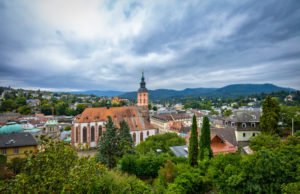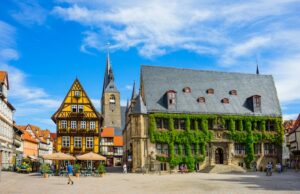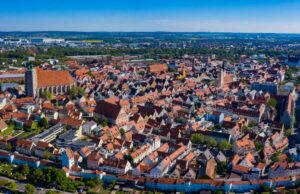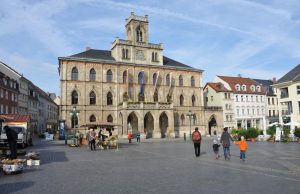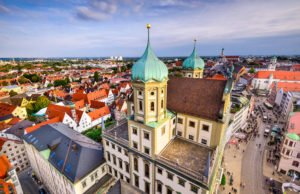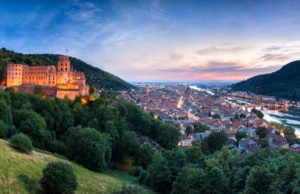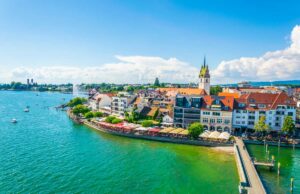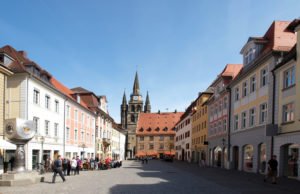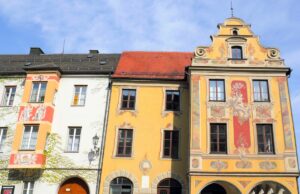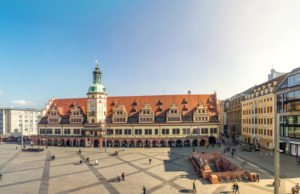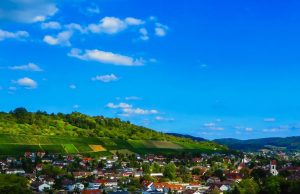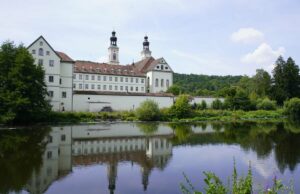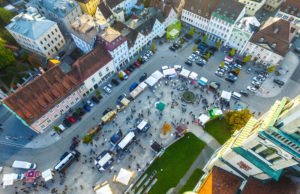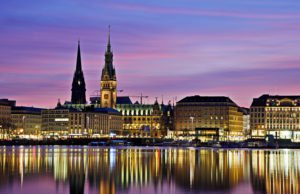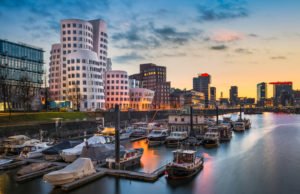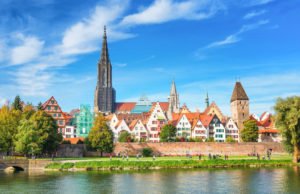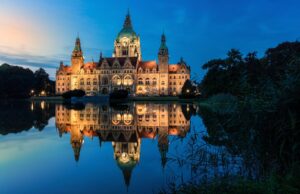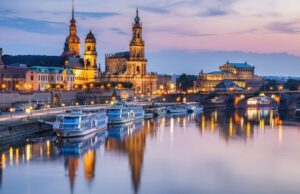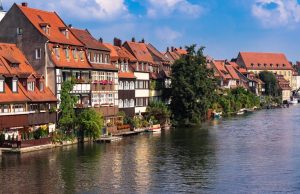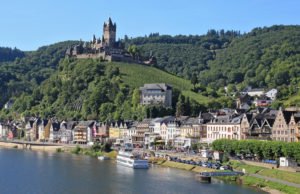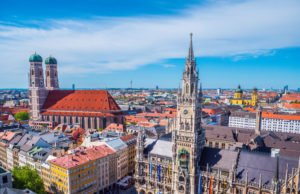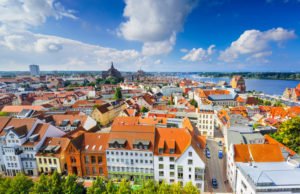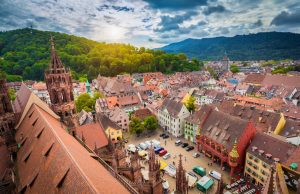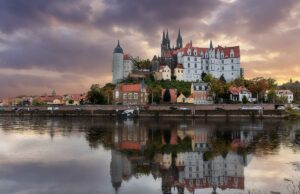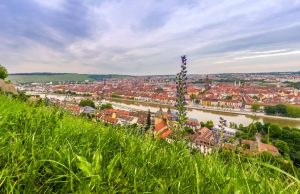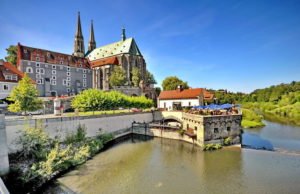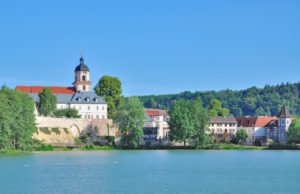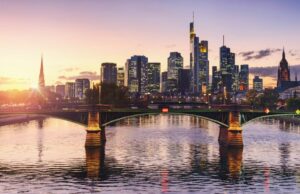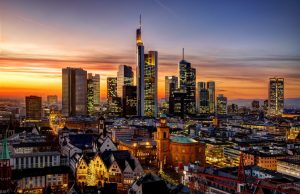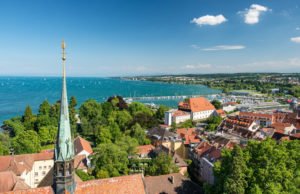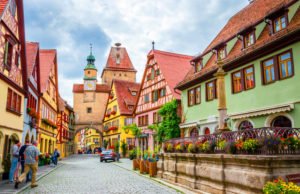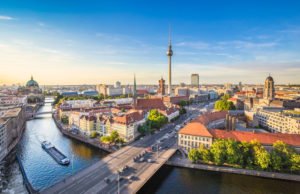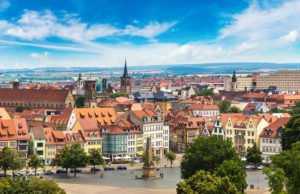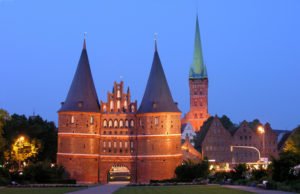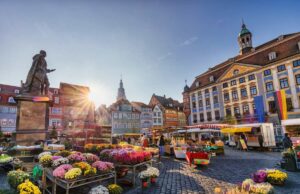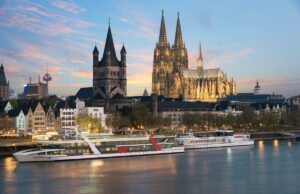A World Heritage Site it may be, but Regensburg is not content to live in the past. An economic centre and seat of the local university, it’s kept the heartbeat of a thriving, working town – with a civilised café culture and nightlife to match. Visitors expecting a cute or folksy version of German heritage should look elsewhere: Regensburg’s style is ancient and sometimes austere, but equally beautiful and even more authentic.
In the old town, it’s less about ticking off the historic must-sees, and more about soaking up the unique atmosphere. Regensburg is also the perfect base for some unmissable excursions.

A free and ancient city
The city’s architecture and ambience are impressive on their own, but knowing a little history makes them even more remarkable. For centuries, Regensburg was a “Freistadt” – an independent city within the Holy Roman Empire. This came with privileges: its ancient bridge and the shipping along the river Danube were a rich source of trade and taxes. It also came with risks: you’ll find many of the city’s buildings, even the houses, have a castle-like aspect, built to keep the city safe from envious and power-hungry medieval princes.
Things to do
The best way to get in touch with the city is to take a stroll through the mainly pedestrianised old town – an easy-paced voyage of discovery. It’s hard to go wrong. Meandering through the streets and alleyways, or “Gassen”, reveals a range of interesting shops, from chocolatiers and jewellers to fashion boutiques and, near the cathedral, a vintage hat-maker. Look out for the colourful historic houses around the Kohlenmarkt and the 16th century Goliath mosaic (at number 4, Goliathstrasse).
A little way out of the centre is the church of St Emmeram, a fascinating example of Southern German baroque that sums up much about local traditions of religion and art. Beautiful or kitsch? You decide. Combine it with a guided tour around Schloss Thurn und Taxis. This was the stately home of the local nobility, whose unusual claim to fame was founding the German postal service! It’s a bijou palace with plenty of curiosity value – their scaled-down ballroom walks the line between decorative and claustrophobic – and it’s worth an hour’s visit.

Back in the old town centre, peer up at the Brückturm – once a prison where debtors would lean from the windows and dangle empty purses on fishing lines over the heads of passers-by, hoping for a spare coin. Then stop in for a brief, obligatory visit to the cathedral, famous for its choir, nicknamed the Domspatzen or ‘cathedral sparrows’.
Escape the crowds
In summer and at weekends, the old town deservedly draws its share of guided tours. If they start spoiling the atmosphere, take a stroll through over the 800-year-old bridge. Turn left and on the quieter side of the river, you’ll find a few bars and cafés with a waterside view of Regensburg’s historic skyline.

Further afield
Boat cruises from the city pier will take you to the Donaudurchbruch – a spectacular stretch of river landscape – and the ominous-sounding Walhalla. This vast neo-classical monument was the brainchild of the 19th century King Ludwig of Bavaria. He intended it as a monument to the spirit of Germany and her peoples – before this confidence in national and ethnic identity cast such a sinister shadow. If you can brave the long climb up, wander the imposing galleries – a kind of “who’s who” of Germans, including Beethoven, Kant and Gutenberg.
The same river cruises will take you to Kelheim, a charming town and a starting point for excursions into the woods or along the waterside – visit in September or early October for amazing autumn colour. Nearby is Weltenburg Abbey (Kloster Weltenburg), home to the world’s oldest brewery – incredibly, they’ve been making beer here for over a thousand years. Tour leaders in monastic robes make even the tasting sessions an almost religious experience!

Eating and drinking
A Regensburg institution for decades, the stylish Orphée – restaurant, bistro and hotel in one – takes the best of Parisian and Viennese café culture. Make sure you book for dinner. Similarly smart, Haus Heuport is gothic in décor and European in its culinary tastes. It also serves a restorative Sunday brunch until mid-afternoon: how civilised!
The Wurstkuechl can claim to be Germany’s oldest sausage stand, serving the little, herby local sausages with sweet mustard. The reputation comes with a queue, but fortunately there are other choices.
The Regensburger Ratskeller, complete with vaulted ceilings and heraldic murals, offers classic Bavarian cuisine, from generous helpings of pork and sauerkraut or goulash with local Weltenburg ale, to beer-friendly snacks like Obazda, a piquant soft cheese spread. For sinking a few steins, follow the locals to the Hofbräuhaus, opposite the old town hall, with its wood panelled walls, plenty of Bavarian blue-and-white, and a good buzz of German conversation. Sip a seasonal special beer (or ‘Festbier’) or a spritzer (‘Weinschorle’). Be prepared to share a table with your fellow Regensburgers – and don’t be surprised if the owner comes over for a handshake and a chat with the regulars!
Getting there and back
Regensburg is well connected by motorways (Autobahn 3 to Nuremberg and 93 from Munich), but the easiest way to get there is by train from Munich. Direct services to the main station (Regensburg Hbf), run at least hourly and take around 90 minutes – prices start from around 20 euros.
Want a closer look?
Take a look at this series of videos from Geo Beats.
Or get a feel for Regensburg’s views and architecture at street level with this walking compilation


